

Asmat Art

Michael Rockefeller
Michael Clark Rockefeller (born 1938 - presumed dead November 17, 1961), was the youngest son of New York Governor (later Vice President) Nelson Aldrich Rockefeller and Mary Todhunter Rockefeller and a fourth generation member of the Rockefeller family. He disappeared during an expedition in the Asmat region of southwestern New Guinea.

After attending The Buckley School in New York, Rockefeller graduated from
Harvard University cum laude in 1960, served for six months as a private in the
U.S. Army, then went on an expedition for Harvard's Peabody Museum of
Archaeology and Ethnology which studied the Dani tribe of western New Guinea.
The expedition produced Dead Birds, an ethnographic documentary film produced by
Robert Gardner, and for which Rockefeller was the sound recordist. Rockefeller
and a friend briefly left the expedition to study the Asmat tribe of southern
New Guinea. After returning home with the Peabody expedition, Rockefeller
returned to New Guinea to study the Asmat and collect Asmat art.

"It's the desire to do something adventurous," he explained, "at a time when
frontiers, in the real sense of the word, are disappearing."
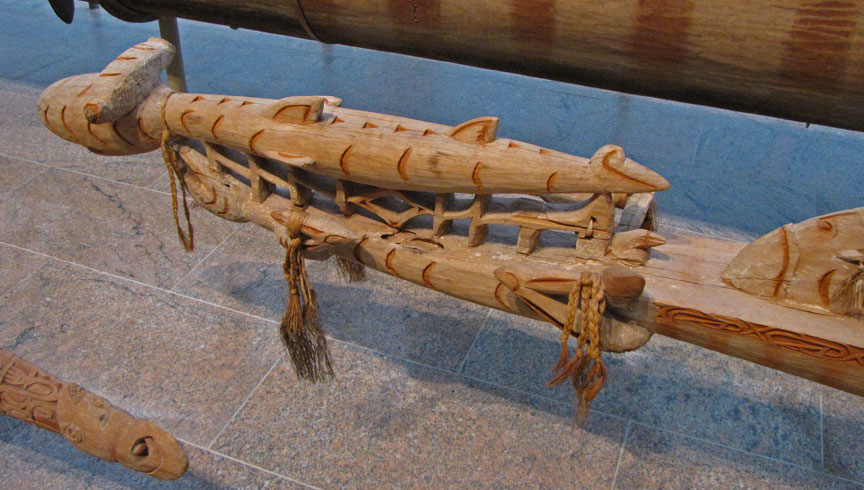
On November 17, 1961, Rockefeller and Dutch anthropologist René Wassing were in
a 40-foot dugout canoe about three miles from shore when their double pontoon
boat was swamped and overturned. Their two local guides swam for help, but it
was slow in coming. After drifting for some time, Rockefeller said to Wassing "I
think I can make it" and swam for shore. Wassing was rescued the next day, while
Rockefeller was never seen again, despite an intensive and lengthy search
effort. At the time, Rockefeller's disappearance was a major world news item.
His body was never found. He was declared legally dead in 1964.
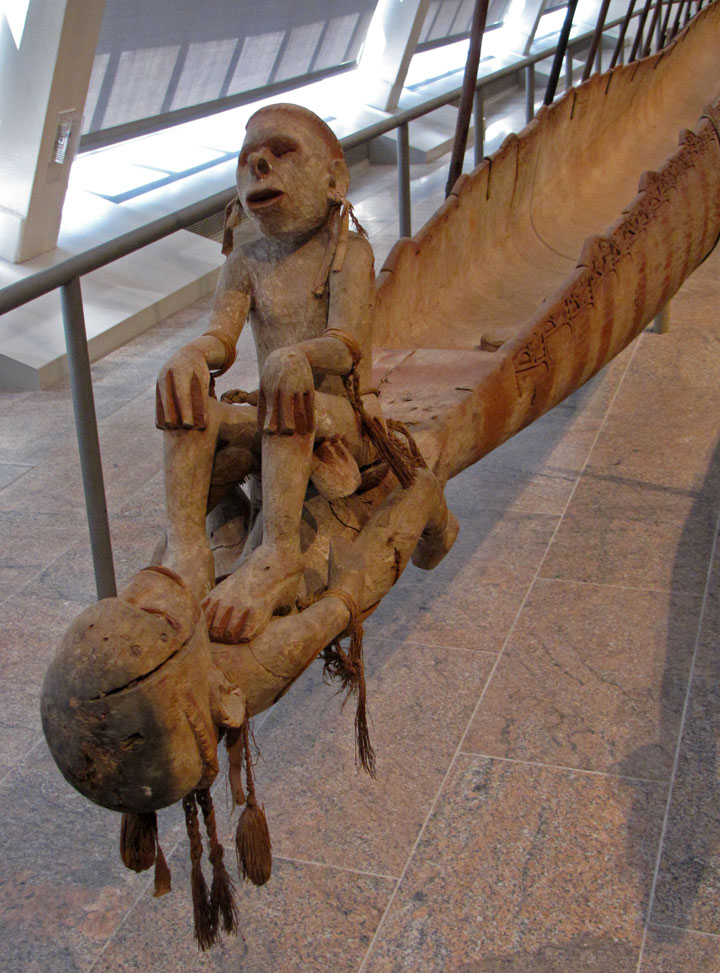
Most believe that Rockefeller either drowned or was attacked by a shark or
crocodile. Because headhunting and cannibalism were still present in some areas
of Asmat in 1961, some have speculated that Rockefeller was killed and eaten by
local people.
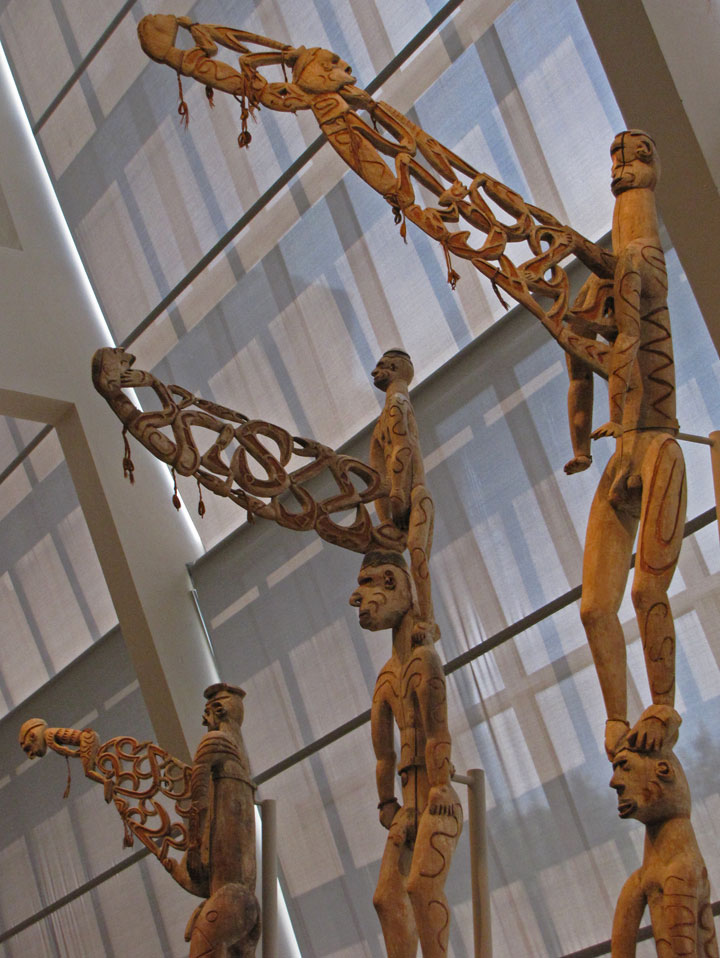
In 1969, the journalist Milt Machlin traveled to New Guinea to investigate
Rockefeller's disappearance. He dismissed reports of Rockefeller's living as a
captive or as a Kurtz-like figure in the jungle, but concluded that there was
circumstantial evidence to support the idea that he was killed. Several leaders
of Otsjanep village, where Rockefeller likely would have arrived had he made it
to shore, were killed by a Dutch patrol in 1958, and thus would have some
rationale for revenge against someone from the "white tribe." Neither
cannibalism nor headhunting in Asmat were indiscriminate, but rather were part
of a tit-for-tat revenge cycle, and so it is possible that Rockefeller found
himself the inadvertent victim of such a cycle started by the Dutch patrol.

A book called Rocky Goes West by author Paul Toohey claims that, in 1979,
Rockefeller's mother hired a private investigator to go to New Guinea and try to
resolve the mystery of his disappearance. The reliability of the story has been
questioned, but Toohey claims that the private investigator swapped a boat
engine for the skulls of the three men that a tribe claimed were the only white
men they had ever killed. The investigator returned to New York and handed these
skulls to the family, convinced that one of them was the skull of Rockefeller.
If this event did actually occur, the family has never commented on it. There
was, however, a report on the History Channel program "Vanishings" that
Rockefeller's mother did pay a $250,000 reward to the investigator which was
offered for final proof whether or not Michael Rockefeller was alive or dead.

Many of the Asmat artifacts Rockefeller collected are part of the
Michael C. Rockefeller collection at the Metropolitan Museum of Art in New York
City. The Peabody Museum is currently exhibiting 3,500 pictures taken by
Rockefeller during the New Guinea expedition.
Text from Wikipedia
Asmat People
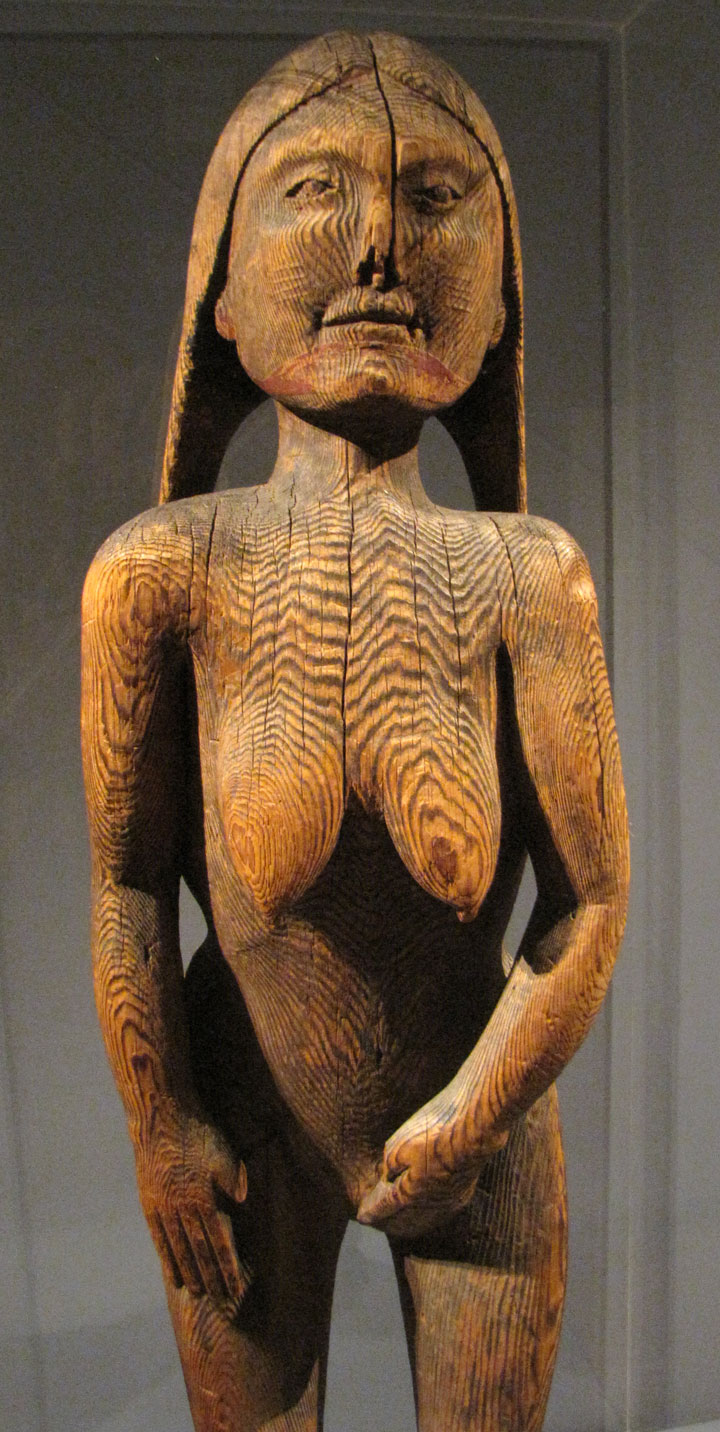
The Asmat are an ethnic group of New Guinea, residing in the Papua province of Indonesia. Possessing one of the most well-known and vibrant woodcarving traditions in the Pacific, their art is sought by collectors worldwide. The Asmat inhabit a region on the island's southwestern coast bordering the Arafura Sea, with lands totaling approximately 19,000 square kilometres and consisting of mangrove, tidal swamp, freshwater swamp, and lowland rainforest. The land of Asmat is located both within and adjacent to Lorentz National Park and World Heritage Site, the largest protected area in the Asia-Pacific region. The total Asmat population is estimated to be around 70,000. The term "Asmat" is used to refer both to the people and the region they inhabit.
Text from Wikipedia

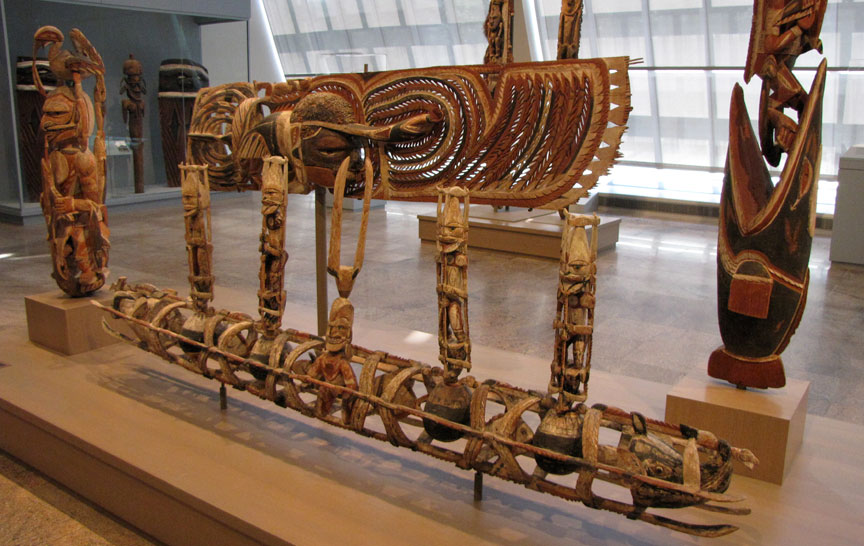
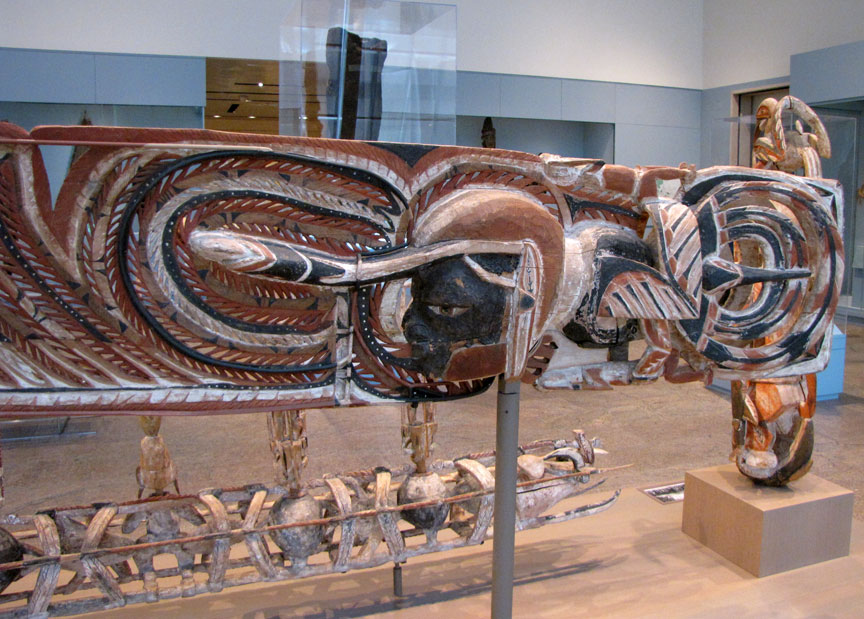

New Guinea art arranged like a inner roof of a HausTamboran
New Britain

mask
New Britain, or Niu Briten, is the largest island in the Bismarck Archipelago (named after Otto von Bismarck) of Papua New Guinea. It is separated from the island of New Guinea by the Dampier and Vitiaz Straits and from New Ireland by the St. George's Channel. The main towns of New Britain are Rabaul/Kokopo and Kimbe.
Text from Wikipedia
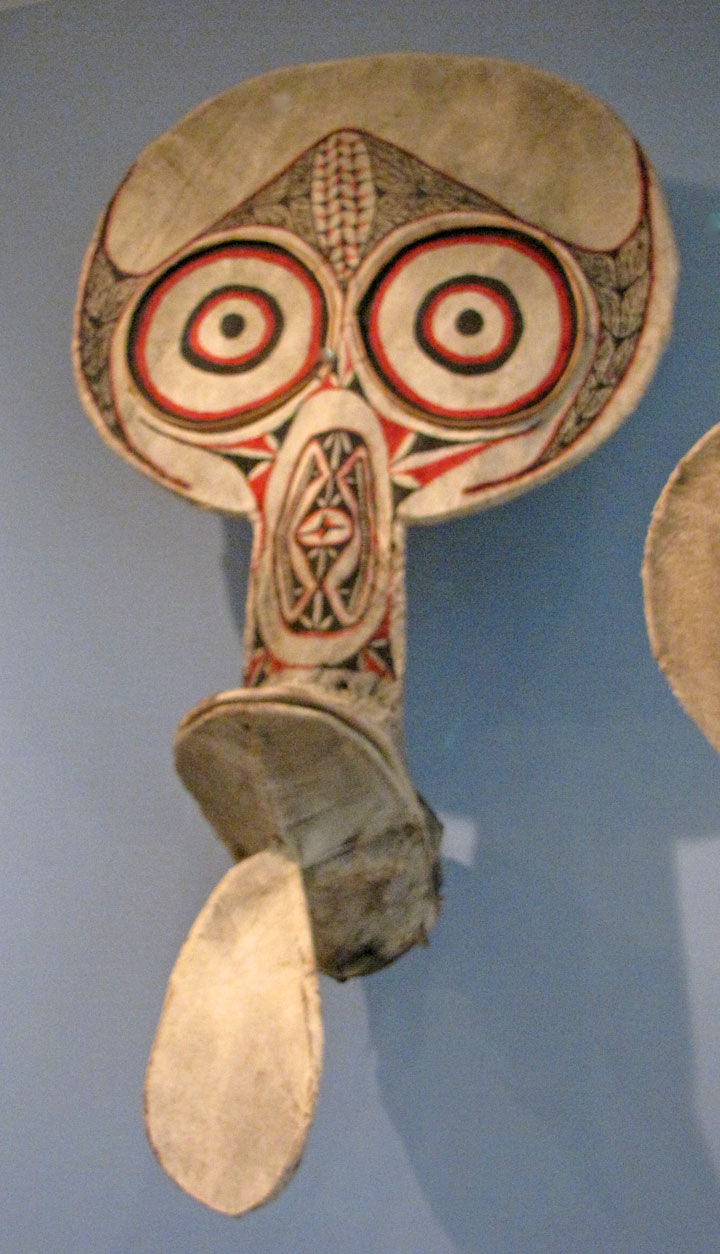
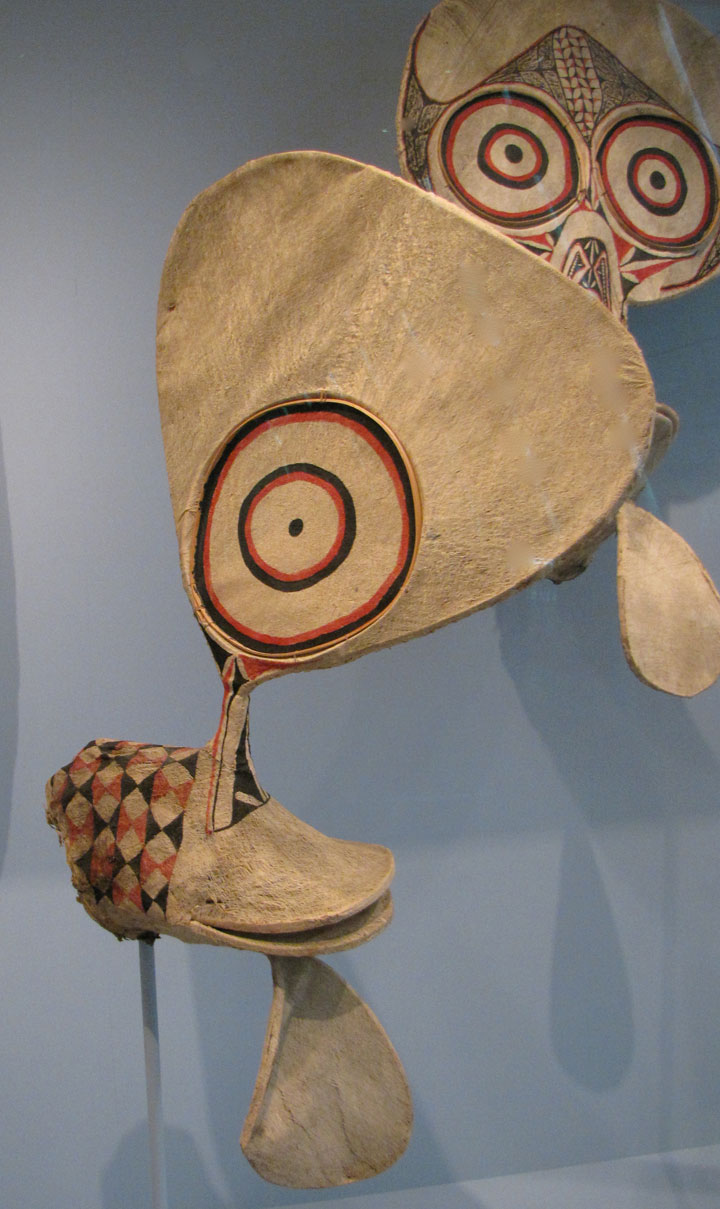
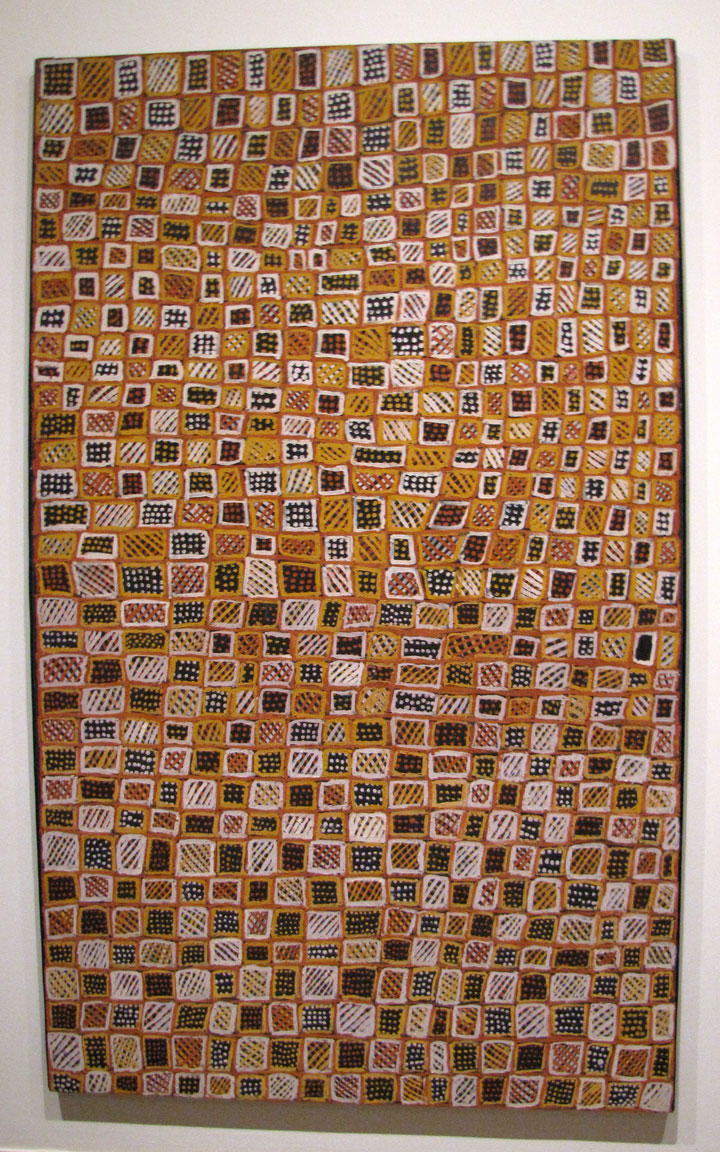
Aboriginal Art from nearby Northern Australia